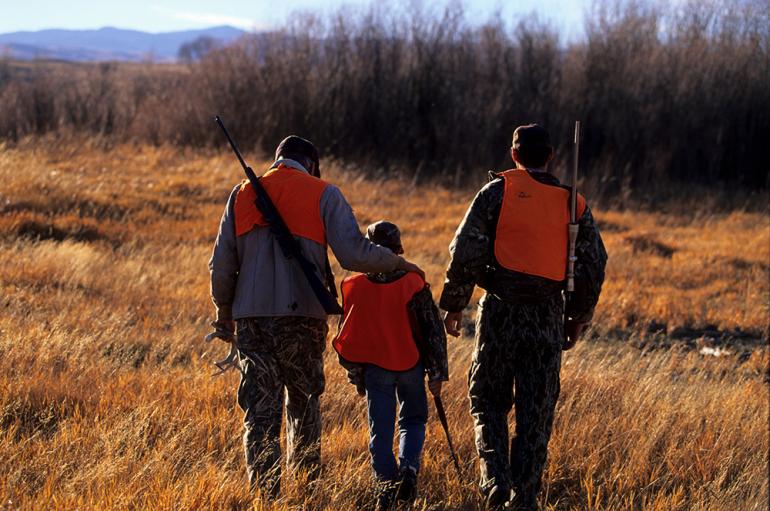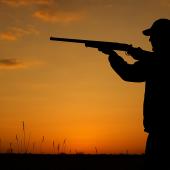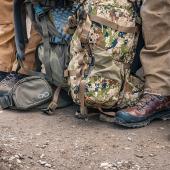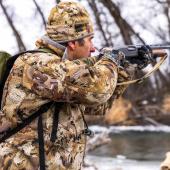Learning the Ropes
Beginner's tips on becoming a hunter.
If you’re keen on hunting, but don’t have a friend or family member to take you under his or her wing, you might be wondering where to start. It’s daunting, right? There’s so much gear, so many rules and regulations, and so much to learn about animals—not to mention where the heck to find them. Turns out, tapping into your primal nature isn’t as hard as it seems. You just need a little guidance, and Stalkis here to help.
Choosing the Quarry
By now you’ve binged every episode of MeatEater and can’t wait to get out into the wild and experience it for yourself. Decide what and where you want to hunt—elk in the mountains, partridge on the prairie, ducks on the river, antelope in the sage flats. The options in Montana are vast and the first step is narrowing your focus.
Taking up Arms
Like fishing, where every kid’s inaugural outing involves a worm and bobber, it’s best to keep things manageable at first. Leave the Dances with Wolves longbow dreams where they belong: 10 years hence, once you’ve actually learned how to hunt. For elk and deer, start with an inexpensive rifle or compound bow. Ditto for birds: an affordable, all-purpose shotgun should suffice for your first few years (more info on p. 28).
Certification
Montana’s hunter-education program is legally required for any hunter 35 years or younger (don’t ask us to explain this one). Much of the course revolves around gun safety, which is a solid first step; you’ll also learn about conservation and hunting ethics, the importance of which cannot be overstated. Get signed up early; courses fill up fast and if you wait too long, you may have to wait until the following year.
License, Tags & Permits
You’ll need to buy a basic hunting license, plus dedicated tags for big game and turkeys, and special licenses for upland birds and waterfowl. Antelope require an application (due June 1) and certain hunting areas require special permits for elk and deer, too. Sound complicated? It is, and clarification comes with time and experience. Let a local FWP office help you understand and maneuver through the process.
Hunting Regs
Now the real fun begins: navigating the labyrinthine regulations. The state is broken up into seven regions (we’re in Region 3), and each region into dozens of hunting districts (HDs). Rules vary from region to region and district to district. Regs are available in print and online; we suggest using them both, so you can have an overview map open while simultaneously looking at the rules for that specific district. For example, your elk tag might be good for either sex in one area, while just across a road or river, it’s bull-only. Ditto for whitetail and mule deer. Read the regs and then read them again—you don’t want to shoot the wrong species or the wrong sex in the wrong area. In Montana, hunting violations are met with severe penalties.
Where to Go
This may be the easiest part of hunting in Montana. The entire state is a veritable game preserve, with abundant wildlife and loads of public land. Look at a land-ownership map, double-check for restrictions, and set out. Actually finding animals is another matter altogether, but that comes with experience. Hunting, like many outdoor pursuits, involves exploration and discovery—keep trying new spots until you find the game you're after.










